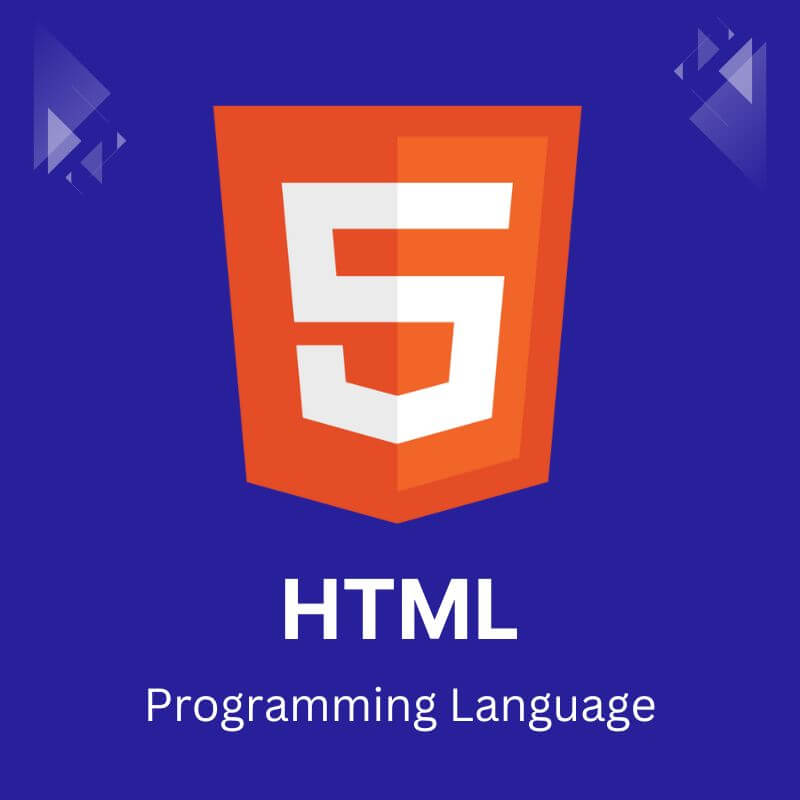HTML comments are annotations within the code that are not visible on the webpage itself. They serve as a communication tool for developers, enabling them to leave notes, explanations, or reminders directly within the HTML source code.
Comments are ignored by web browsers, ensuring that they don’t affect the appearance or functionality of the webpage for users.
Syntax of HTML Comments
HTML comments are encapsulated between <!– and –>. Here’s a simple example:
<!-- This is a comment -->
<p>This is a paragraph.</p>
In the above example, the comment <!– This is a comment –> will not be rendered on the webpage but provides valuable information for developers.
Comments can span multiple lines, making them useful for providing detailed explanations or documenting sections of code:
<!--
This is a multi-line comment
It can be used to explain complex code
or provide additional context
-->
The Purpose of HTML Comments
- Documentation: Comments serve as a form of documentation for the codebase. They explain the purpose of specific sections, provide context, and make it easier for other developers (or even the same developer after some time) to understand the code.
- Debugging: When troubleshooting issues, comments can be used to temporarily remove or “comment out” blocks of code without deleting them. This helps identify problematic code and allows for easy reversion.
- Collaboration: In collaborative development environments, comments facilitate communication between team members. Developers can leave feedback, suggestions, or warnings within the code for others to review.
- Reminders: Comments act as virtual sticky notes, allowing developers to leave reminders for themselves or others about future improvements, optimizations, or issues that need addressing.
Examples of Effective HTML Comments
1. Explaining Code Blocks
<!-- Navigation Bar -->
<nav>
<ul>
<li><a href="#">Home</a></li>
<li><a href="#">About</a></li>
<li><a href="#">Contact</a></li>
</ul>
</nav>
2. Providing Context
<!-- Conditional rendering based on user authentication -->
<?php if (userIsAuthenticated()): ?>
<p>Welcome, <?php echo getUsername(); ?>!</p>
<?php else: ?>
<p>Please log in to access this feature.</p>
<?php endif; ?>
3. Issue Reminders
<!-- TODO: Refactor this code for better performance -->
<div>
<!-- Temporary fix - revisit for a more efficient solution -->
<!-- Issue: #1234 -->
<!-- Date: 2024-03-02 -->
<p>Current implementation of XYZ might cause performance issues.</p>
</div>
Best Practices for Using HTML Comments
1. Be Clear and Concise:
Write comments that are easy to understand. Use clear language and concise sentences to convey your message. Avoid unnecessary details that might clutter the code.
2. Avoid Redundancy:
Comments should add value by providing information not immediately evident from the code itself. Avoid redundant comments that simply restate what the code is doing.
3. Update Comments:
Regularly update comments to reflect changes in the code. Outdated comments can lead to confusion and misinformation. When modifying code, make sure to review and update associated comments.
4. Use Comments Sparingly:
While comments are beneficial, excessive use can clutter the code and make it harder to read. Use comments judiciously, focusing on explaining complex logic or providing crucial information.
5. Follow a Consistent Style:
Establish a consistent commenting style throughout your codebase. Whether you choose to write full sentences or brief notes, maintaining a uniform style enhances code readability.
HTML comments may be hidden from view, but they play a vital role in web development. By embracing the power of comments, developers can create well-documented, maintainable, and collaborative codebases that contribute to the success of their web projects.


